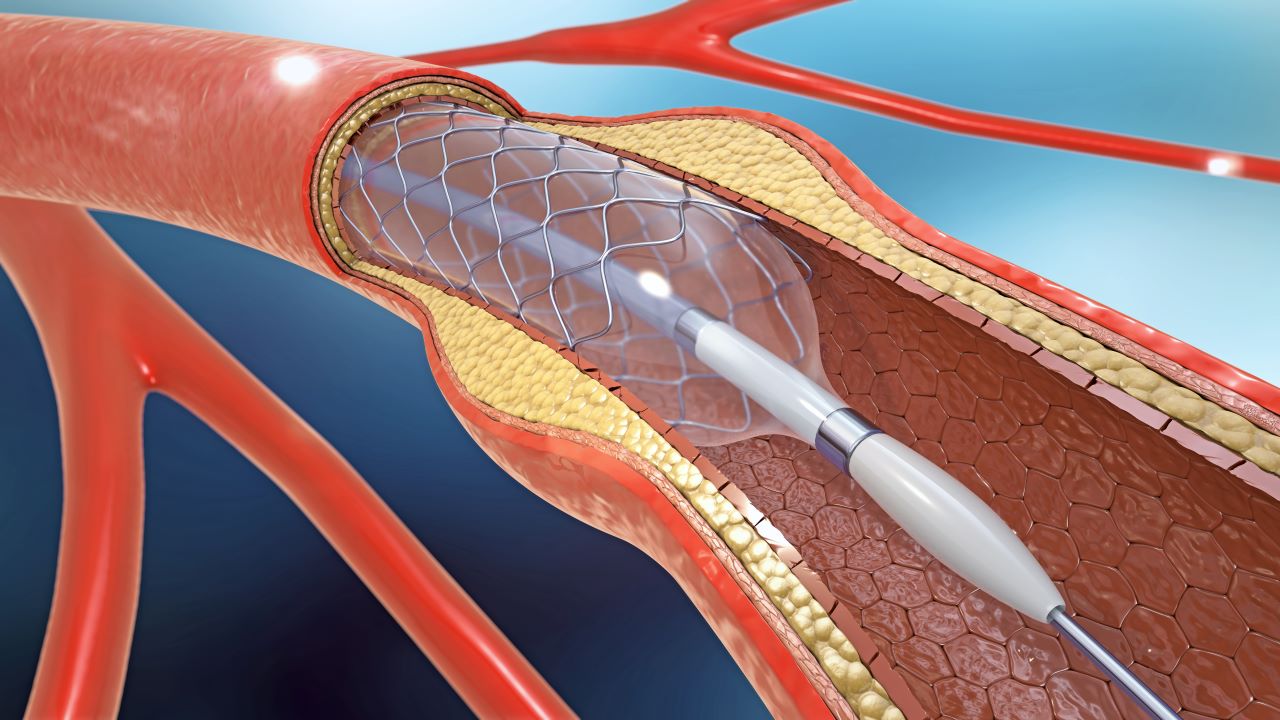Transcatheter procedures are a type of minimally invasive surgery that uses a catheter threaded through existing anatomy to access targeted sections. Minimally invasive surgeries are considered the gold standard of surgical care for many routine procedures, supplanting many open techniques. They are in heavy demand due to their lower risks and shorter recovery times; patients in particular have a strong preference for the benefits offered.
Advanced equipment and specialised training for surgeons are required in order to perform a transcatheter procedure. These are long-term investments for healthcare providers that are unlikely to be subjected to shorter-term budget tightening. While many operating rooms may hold off on initiating such an investment, the effects will not be felt in the next two years.
Research and development is where high interest rates are likely to have the biggest impact, as medical manufacturers must be more conscious of cash flows and long lead times. Expect to see some pipeline products shelved and fewer new approvals, which may in turn serve to extend the competitive window for existing transcatheter products.









